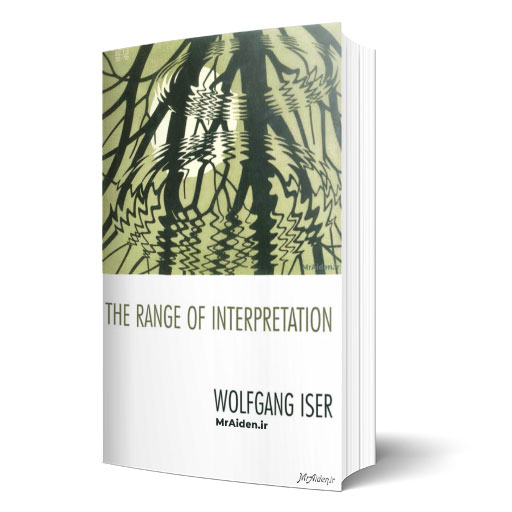
۱۵.۰۰۰ تومان
در ادامه شما میتوانید نسخه انگلیسی و PDF کتاب The Range of Interpretation نوشته Wolfgang Iser را تهیه و دانلود کنید.
این فرض ضمنی وجود دارد که ترجمه به طور طبیعی حاصل می شود، که انسان ها با ترجمه مداوم زندگی می کنند.به این معنا، حتی میتوانیم جمله دکارت را اینگونه بازنویسی کنیم: ما ترجمه میکنیم، پس وجود داریم. در حالی که چنین تمایل اولیه انسانی باعث می شود که ترجمه به طور طبیعی به نظر برسد، اما اشکالی که به خود می گیرد چنین نیست.در این اثر، ایزر با فرمولبندی «آناتومی ترجمه» رویکردی تازه ارائه میکند که از طریق آن میتوانیم عمل ترجمه را در جلوههای مختلف آن درک کنیم.
برای آیزر، چندین نوع مختلف ترجمه وجود دارد، که همه آنها اقدامات ترجمه ای هستند که برای انتقال چیزی به چیز دیگری طراحی شده اند.شاید بارزترین نمونه ترجمه شامل متون متعارف باشد، مانند تفسیر خاخام از تورات یا خواندن ساموئل جانسون از شکسپیر.اما چه اتفاقی میافتد وقتی موضوعی که فرد به دنبال ترجمه آن است، نه از یک متن، بلکه از انبوهی از قطعات تشکیل شده باشد، مانند مطالعه تاریخ، یا زمانی که چیزی پنهان است، مانند عمل روانکاوی، یا یک فرهنگ موارد پیچیده ای هستند. ایزر توضیح میدهد که چگونه در هر یک از این موارد، فضایی که توسط ترجمهباز میشود، به شیوهای متفاوت مورد مذاکره قرار میگیرد، بنابراین به این نتیجه میرسد که عمل ترجمه همیشه به آنچه میخواهد ترجمه شود بستگی دارد.
برای دانشجویان فلسفه، نظریه ادبی و انتقادی، مردمشناسی و تاریخ فرهنگی، توضیح ایزر از مکانیکهایی که به وسیله آن ترجمه و درک میکنیم، و همچنین ارزیابی او از ریشههای انسانشناختی انگیزه ما برای معناسازی، بیتردید به عنوان یک مکاشفه عمل خواهد کرد.
There is a tacit assumption that interpretation comes naturally, that human beings live by constantly interpreting. In this sense, we might even rephrase Descartes by saying: We interpret, therefore we are. While such a basic human disposition makes interpretation appear to come naturally, the forms it takes, however, do not. In this work, Iser offers a fresh approach by formulating an “anatomy of interpretation” through which we can understand the act of interpretation in its many different manifestations.
For Iser, there are several different genres of interpretation, all of which are acts of translation designed to transpose something into something else. Perhaps the most obvious example of interpretation involves canonical texts, such as the Rabbinical exegesis of the Torah or Samuel Johnson’s reading of Shakespeare. But what happens when the matter that one seeks to interpret consists not of a text but of a welter of fragments, as in the study of history, or when something is hidden, as in the practice of psychoanalysis, or is as complex as a culture or system? Iser details how, in each of these cases, the space that is opened up by interpretation is negotiated in a different way, thus concluding that interpretation always depends on what it seeks to translate.
For students of philosophy, literary and critical theory, anthropology, and cultural history, Iser’s elucidation of the mechanics by which we translate and understand, as well as his assessment of the anthropological roots of our drive to make meaning, will undoubtedly serve as a revelation.
۵ مطلب اخیر از این قسمت برای شما در دسترس است
نقد و بررسیها
هنوز بررسیای ثبت نشده است.